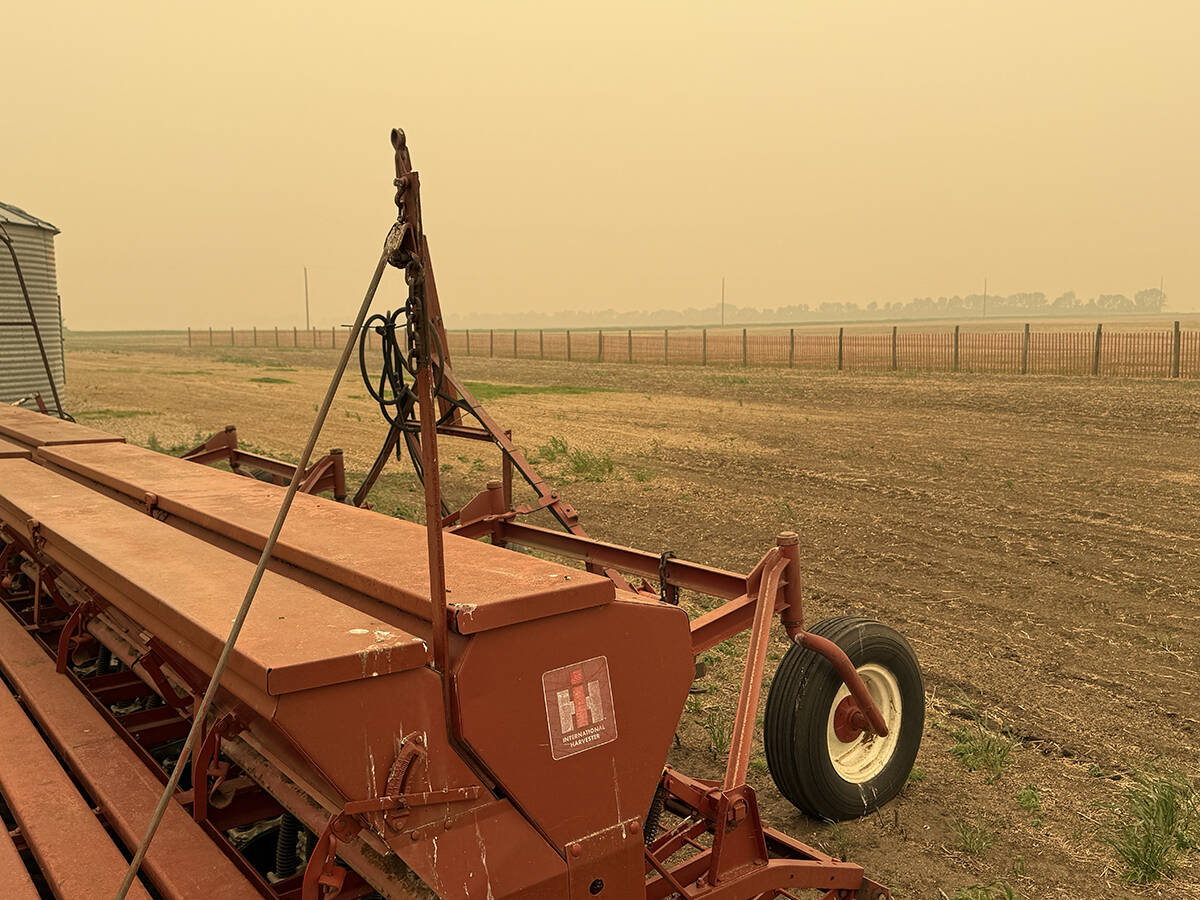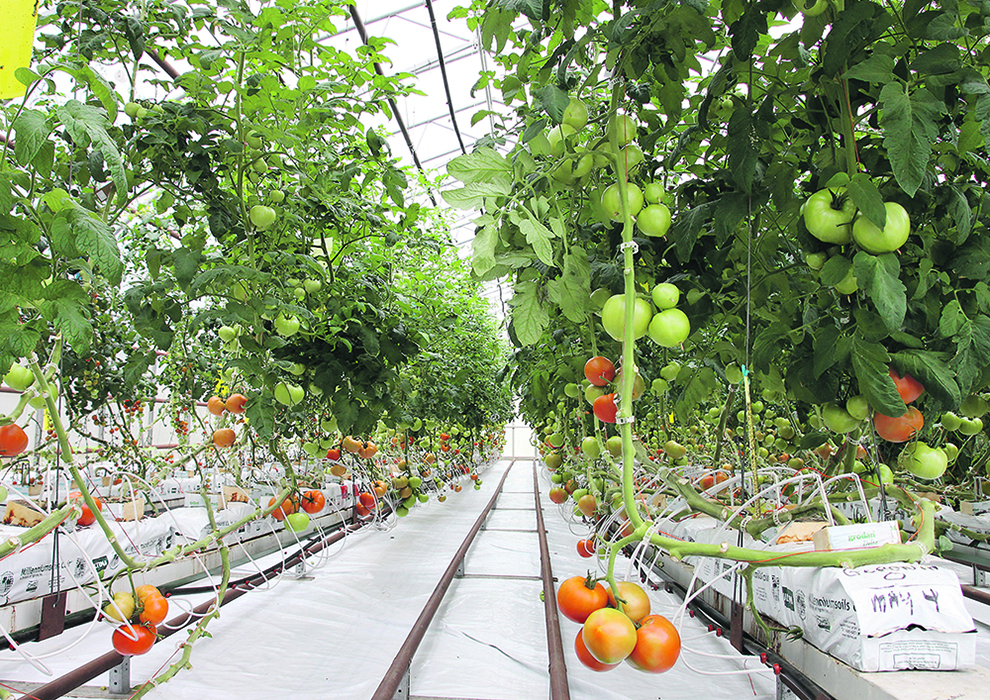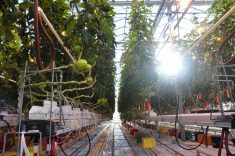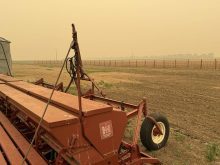Growing food indoors is beginning to be known as controlled environment agriculture to better reflect new innovations
Greenhouses are growing in number along with the technology and pest management techniques to make the industry more viable in Canada, according to presenters at the Outside-In webinar hosted by AGvisorPRO.
With the growth of the greenhouse sector comes a change in the description of the industry to controlled environment agriculture as a way to capture innovations such as vertical farming.
“What I see happening in controlled environment agriculture is a massive opportunity for people that are interested in food production to be able to harness new technology, new business models and new ways to operate sustainable farming,” said Gavin Schneider, vice-president of agronomy and ag-tech specialist at Ecoation, a greenhouse data and consulting firm.
Read Also

Wildfires have unexpected upside this year
One farmer feels smoke from nearby wildfires shrouded the July skies and protected his crop from the sun’s burning rays, resulting in more seeds per pod and more pods per plant.
With farmers at the mercy of Mother Nature, moving agriculture production indoors removes a lot of risk, he said.
“Moving indoors has the opportunity to produce new crops just about anywhere in the world and allows people to grow year-round,” said Schneider.
For budding new farmers, combining both outdoor and indoor growing provides a way for bolstering income throughout the season.
Greenhouse consultant Mohyuddin Mirza said the growth of the sector picked up during the pandemic as supply chains became disrupted and a greater emphasis was put on domestic production.
“Food security brought in a very important aspect with governments wanting to make it as secure as possible and that’s how protective cropping, greenhouse cropping got a big boost in the sense a lot of expansion has been taking place, at least in Alberta and Ontario as well,” he said. “There is no doubt that we will rely on imports for some time but I know slowly in Alberta, we are replacing the imports at a significant level.”
With the growth has come a bigger role for the investment community, said Michael Short, president of Eco Habitat Agri Services, based in southern Ontario.
“What started out as family-run — some are still family-run — large vegetable greenhouses in the Leamington area and Kingsville, they’re big corporate structures now,” said Short.
This has allowed for large expansions and consolidation within the industry while reducing input costs through economies of scale, he added.
Schneider echoed comments from both Mirza and Short regarding the desire for more secure domestic food production as a critical factor in the industry’s growth as environmental issues in southern California or Mexico lead to sudden food price increases.
Schneider, however, said there are considerations producers may want to explore because some of the totally controlled environment operations, such as vertical farms, may have been overbilled. At the same time, the standards developed within the traditional greenhouse space have been tried and tested for years.
“A greenhouse in Mexico largely looks quite similar to a greenhouse in Ontario, which looks the same in Turkey, in China and Japan,” said Schneider.
That’s not the situation with vertical farms, which is a goal the industry is striving for, he added.
Mirza also pointed out while outside environmental factors are mitigated for greenhouses, they can be factors.
He highlighted that during his work at the Alberta ag research station’s greenhouse in Brooks, honeybees were used to pollinate cucumbers.
“Due to hailstorms, we switched from glass to plastic because every 10 years a hailstorm would come and destroy the greenhouse,” said Mirza, adding they discovered honeybees do poorly in greenhouses that use plastic.
Growers need to be aware of that sort of knowledge before jumping into the industry, he said.
Schneider added finding labour is also a challenge because controlled environment farming is far less automated than outdoor operations.
“You are reliant on a lot of labour,” said Schneider, estimating those operating costs at approximately 35 percent. “There are new technologies that are coming out to address some of these labour shortages or these labour challenges to handle the manipulation, the harvest, the pre-processing, the post-processing of the plants.”
Despite the challenges, the panelists were bullish on the possibilities of the greenhouse sector but cautioned that those interested in getting into the business should make sure they understand it from the bolts up before jumping in.
















